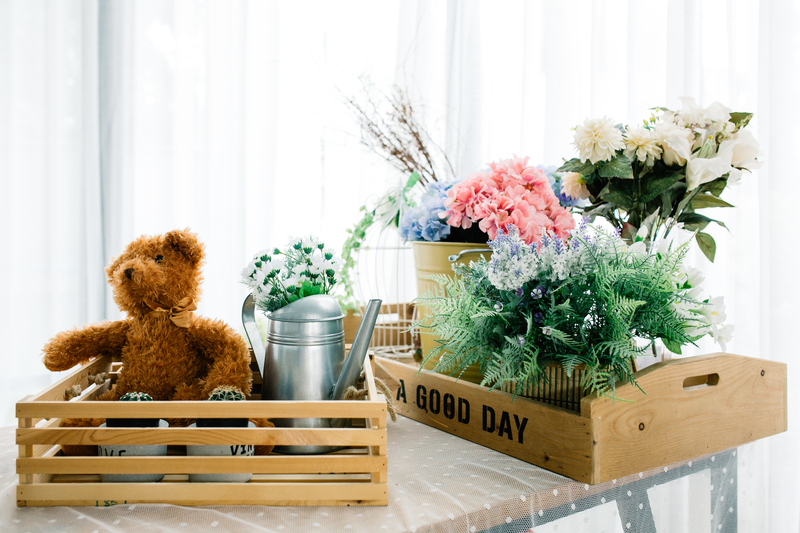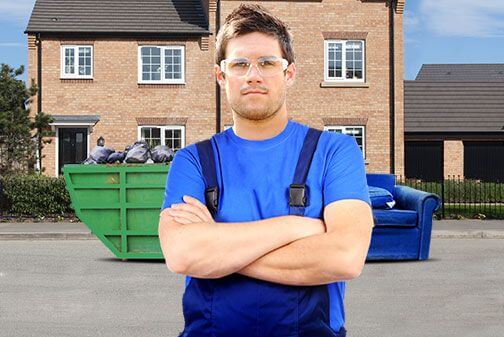Sustainable Toy Ideas for a Greener Planet
Posted on 03/11/2024
In an era marked by increasing environmental awareness, the demand for sustainable and eco-friendly products has never been higher. Toys are no exception. Parents and caregivers worldwide are turning their attention to sustainable toy options that minimize environmental impact while providing enriching playtime experiences for their children. This article delves into various sustainable toy ideas that contribute to a greener planet, examining the types of materials used, the benefits of these toys, and companies leading the way in eco-friendly toy production.
Why Sustainable Toys Matter
Traditional toys often come with a hefty environmental footprint. Made from non-renewable resources such as plastic, these toys can contribute to pollution and waste, both in their production process and after they have been discarded. Moreover, many contain harmful chemicals that can pose health risks to children. By choosing sustainable toys, we can significantly reduce these negative impacts. Sustainable toys are made from eco-friendly materials, are designed to be long-lasting, and often support educational and developmental benefits for children.

Materials for Sustainable Toys
One of the critical aspects of sustainable toys is the materials used in their manufacture. Here's a closer look at some of the most common sustainable materials:
- Wood: Sourced from responsibly managed forests, wooden toys are biodegradable and durable. They also have a timeless appeal, which means they can be passed down through generations.
- Bamboo: As one of the fastest-growing plants, bamboo is a highly renewable resource. Bamboo toys are sturdy, lightweight, and biodegradable.
- Organic Cotton: Used primarily for plush toys and dolls, organic cotton is grown without harmful chemicals and pesticides, making it safer for children and the environment.
- Recycled Plastic: Some companies have started using recycled plastics to create toys, reducing the need for new plastic production and diverting waste from landfills.
- Natural Rubber: Harvested from rubber trees, natural rubber is biodegradable and free from harmful chemicals commonly found in synthetic rubber.
Types of Sustainable Toys
Sustainable toys come in various forms, each catering to different aspects of child development. Here are some popular types:
Wooden Blocks and Puzzles
Wooden toys, such as blocks and puzzles, are timeless classics that promote cognitive and motor skill development. Made from sustainably sourced wood and finished with non-toxic paints, these toys offer endless possibilities for creative play, problem-solving, and spatial reasoning.
Eco-Friendly Plush Toys
Eco-friendly plush toys, made from organic cotton or recycled materials, are a great alternative to conventional soft toys. These stuffed animals and dolls are incredibly soft, safe for sensitive skin, and usually come stuffed with materials such as recycled polyester or natural fibers like kapok.
Bamboo and Wooden Vehicles
From cars and trucks to trains and planes, vehicles made from bamboo and wood are durable and fun. They foster imaginative play and help children develop coordination and motor skills. Plus, their simplistic designs often lead to hours of undirected, creative play, which is crucial for cognitive development.
Recycled Plastic Toys
Some companies have pioneered the use of recycled plastics to create toys that are both durable and environmentally friendly. These items can range from building sets to beach toys and are free from harmful chemicals commonly found in traditional plastic toys.
Arts and Crafts Kits
Eco-friendly arts and crafts kits often use recycled paper, plant-based dyes, and other sustainable materials. These kits encourage creativity and environmental consciousness as children learn to make beautiful creations without harming the planet.
Leading Brands in Sustainable Toys
Several toy manufacturers are committed to producing high-quality, eco-friendly toys. Here are some noteworthy brands:
PlanToys
PlanToys is a pioneer in sustainable toy manufacturing. The company uses rubberwood--a byproduct of the latex industry--and other sustainably sourced materials. Their toys are free from harmful chemicals and finished with water-based dyes, ensuring safety and environmental friendliness.
Green Toys
Green Toys focuses on producing toys from 100% recycled plastic, primarily sourced from milk jugs. Their entire manufacturing process is designed to be as eco-friendly as possible, from using recyclable packaging to minimizing waste and energy consumption.
Hape
Hape uses sustainably sourced wood and bamboo for their toys, along with water-based paints and recycled packaging. The company is known for its high safety standards and commitment to reducing its environmental impact.
EverEarth
EverEarth focuses on using FSC-certified wood, water-based paints, and recyclable packaging to create their line of toys. They are also dedicated to reforestation efforts, planting trees for every product sold.

Benefits of Sustainable Toys
Switching to sustainable toys offers numerous advantages beyond just environmental benefits:
Healthier for Children
Since sustainable toys are often made from natural or non-toxic materials, they are generally safer for children. Parents can have peace of mind knowing that their kids are not exposed to harmful chemicals commonly found in plastics and synthetic materials.
Durability and Longevity
Sustainable toys are usually designed to last, meaning they are less likely to break and end up in a landfill. Their durability allows these toys to be passed down through generations, reducing the need for constant replacements.
Promotes Eco-Consciousness
By choosing sustainable toys, parents can instill eco-conscious values in their children from a young age. Kids learn the importance of making environmentally responsible choices, which can lead to lifelong sustainable habits.
Conclusion
The movement towards sustainable toys is growing, and for good reason. As we become more aware of the environmental impacts of our purchases, it's essential to consider the ecological footprint of the toys we buy for our children. Sustainable toy options are not only better for the planet, but they also offer educational and developmental benefits, ensuring that playtime is both enriching and responsible.
So next time you're shopping for a toy, consider one of these sustainable options and take a small but meaningful step towards a greener planet. Investing in eco-friendly toys is an investment in your child's future and the health of our planet.






